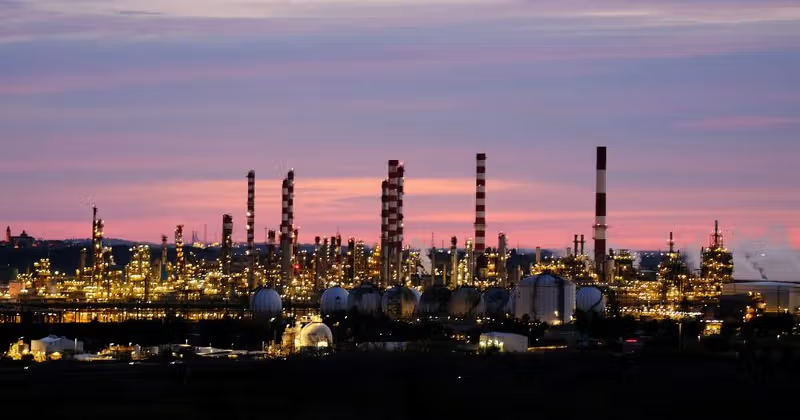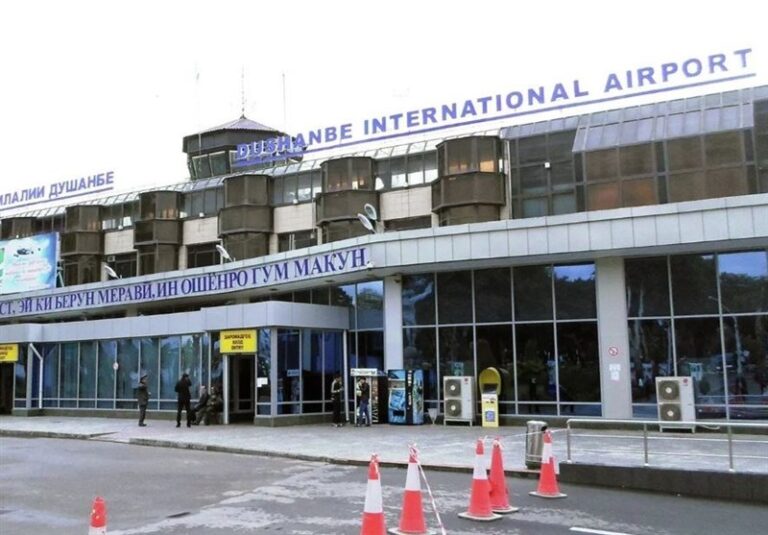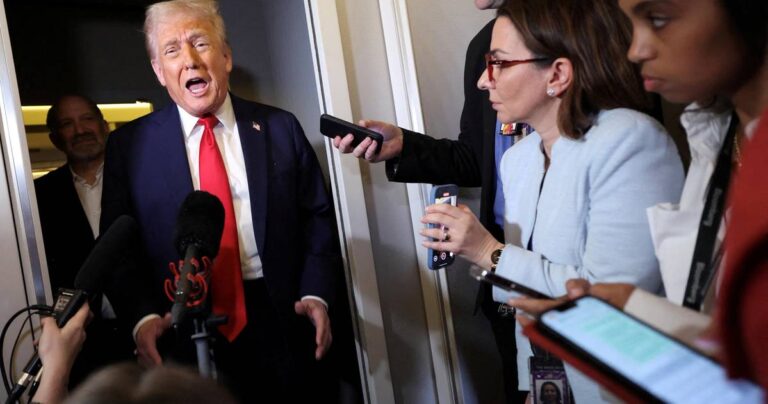Unlocking Opportunity: Could a New U.S. Deal Open Doors for American Investors in Iran?
Iran has recently expressed a potential openness to American investors, contingent upon reaching a nuclear agreement. However, experts caution that the prospect of significant foreign investment, including from the United States, appears overly optimistic. According to Ferial Mostofi, who heads the Investment Services Center at the Tehran Chamber of Commerce, the idea of a trillion-dollar investment from the US is merely a “dream and fantasy.”
Mostofi elaborated on this in an interview with Shargh daily, stating, “How can we expect foreign investors to come to Iran when domestic investors move their capital out of the country?” This skepticism highlights the challenges facing Iran in attracting foreign capital.
In an article titled “Foreign Investment: Mirage or Reality?”, Shargh discussed claims circulating within Iranian circles about Tehran’s ambitions to secure a $1 trillion investment agreement with the United States over the next twenty years. This would imply that the US would need to invest approximately $50 billion annually in Iran.
Shargh also recalled previous promises of investment from other countries, such as:
- China: A pledge of $400 billion in investments across Iran’s oil, gas, petrochemical, and transportation sectors.
- Russia: Gazprom’s anticipated investment of $40 billion in Iran’s gas industry.
Despite these ambitious plans, the article pointed out that none of the promised investments have materialized. “A trillion-dollar US investment is exactly like the much-discussed $400 billion investment from China over twenty-five years,” it emphasized, noting that various factors, including inadequate infrastructure, lack of transparency, and political risks, hinder large-scale investments in Iran.
Iran is currently in dire need of foreign investment to rejuvenate its aging oil and gas infrastructure and to support struggling sectors such as its automotive industry. According to the 2024 report from the UN Conference on Trade and Development (UNCTAD), Iran attracted a mere $1.4 billion in foreign direct investment (FDI) in 2023, with figures slightly higher in previous years but still far from what is needed.
The FDI figures for recent years are as follows:
- 2023: $1.4 billion
- 2022: $1.5 billion
- 2021: $1.4 billion
- 2017: Over $5 billion (the highest recorded level following the implementation of the 2015 JCPOA nuclear deal)
Recently, President Masoud Pezeshkian stated that Supreme Leader Ali Khamenei does not oppose American investment in Iran. Foreign Minister Abbas Araghchi, in an op-ed for the Washington Post, placed the responsibility on Washington to enable American companies to tap into what he termed a “trillion-dollar opportunity” in Iran. However, both Pezeshkian and Araghchi refrained from providing specific details on how this investment could materialize.
Interestingly, the Javan newspaper, linked to the Revolutionary Guards (IRGC), seemed to endorse the idea of American investment in an article published a day prior to the first round of Tehran-Washington talks in Muscat on April 8. The article suggested that “it is possible that we accept that some American companies have the opportunity to invest or sell their products, if Iran’s economic interests are met.” It added that if sanctions were lifted, these companies would be eager to invest, and Iran would likely not object.
However, any American investment in Iran hinges on the removal of at least some primary US sanctions, many of which predate the current nuclear-related restrictions. Although Khamenei has not officially prohibited American or other foreign investment, he has consistently favored stronger economic relationships with Eastern nations, particularly China and Russia, while expressing skepticism towards Western nations.
Despite publicly distancing himself from direct economic policymaking, Khamenei is believed to have significant influence over Iran’s economy through various channels, including political alliances and economic entities under his control. Notably, in August 2021, he imposed a ban on imports of South Korean electronics brands LG and Samsung as a means to pressure Seoul regarding Iran’s frozen funds.
In summary, while Iran may express a desire for American investment and foreign capital influx, significant barriers remain. The combination of internal economic challenges, political mistrust, and the legacy of sanctions creates a complicated landscape for potential investors, making the prospect of substantial foreign investment in Iran a challenging and uncertain endeavor.






